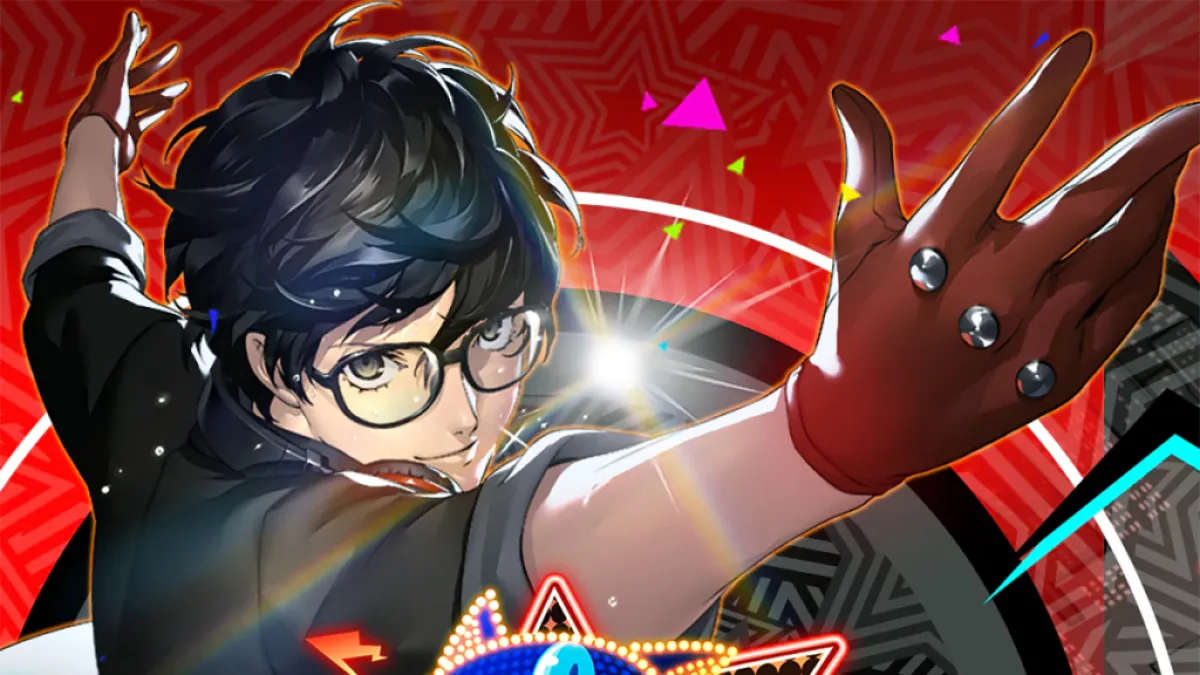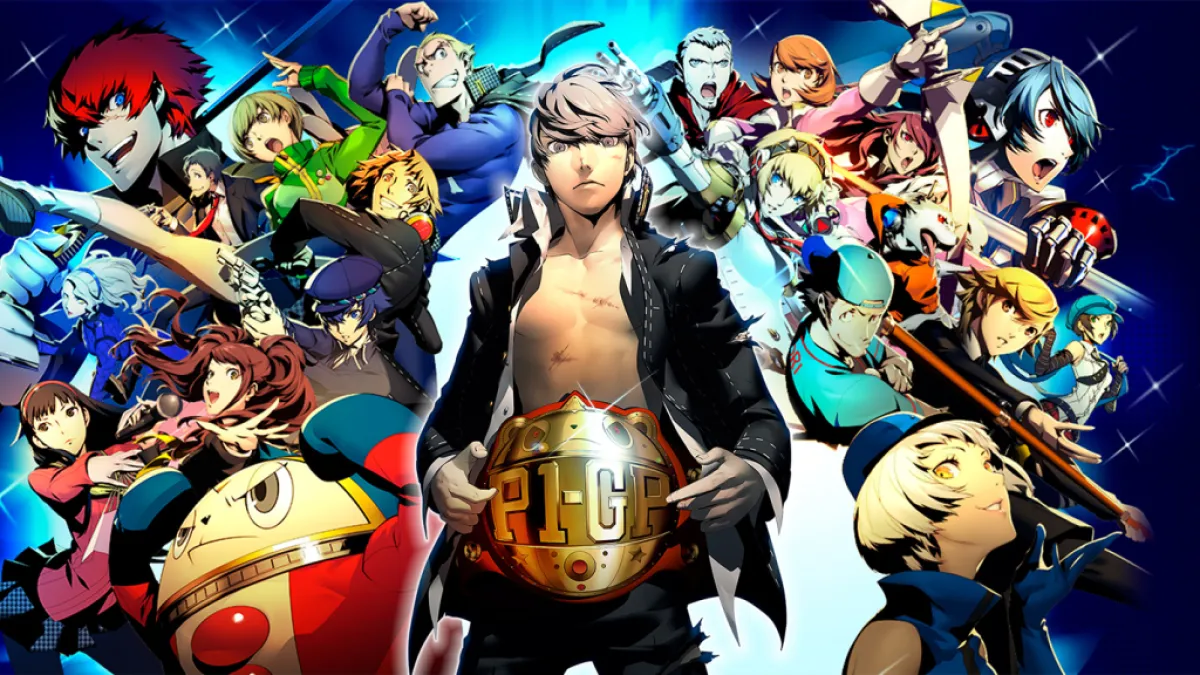

Ranking The Persona Games: From Worst To Best
There are a ton of different Persona games, and of course that means we’re going to be ranking all of them from worst to best. Spinning off from Atlus’ Shin Megami Tensei franchise, the Persona series has been slowly becoming the premier modern-day RPG series. Despite only having five (technically six) mainline entries over the course of 25 years, each of the main entries has received critical acclaim. And of course, like with any major franchise, there are spinoffs galore, including films, anime, audio dramas, and yes, plenty more video games.
These are purely our opinions, and if you disagree with them, go ahead and say in the comments where you think some of these entries belong. Let’s dive into the rankings of all the Persona games and see which ones make the cut!
What You Will Learn
- A comprehensive ranking of all Persona games from worst to best.
- Insights into the strengths and weaknesses of each title.
- Context about the Persona series' evolution and significance in gaming.
- Personal opinions on the best and worst entries in the franchise.
All of the Persona Games Ranked
16) Persona 5: Dancing in Starlight (PS Vita, PS4)

Giving Persona a music subseries isn’t inherently a bad idea. All of the games have excellent soundtracks thanks in recent times to Shoji Meguro’s guiding hand. The problem with all of the Dancing entries is that whatever music each game can claim is stretched to the absolute limits, remixing only a handful of songs multiple times until you’re sick of them.
The repetitive nature of Dancing in Starlight is made even worse when this game and its sister entry, Persona 3: Dancing in Moonlight, are the exact same in terms of structure, making playing them back to back a mind-numbing chore. Add in some extremely watered-down visual novel dialogue sequences that openly exist as inconsequential what-if scenarios, and this game will test even the most diehard Persona fans. As such, Persona 5: Dancing in Starlight is at the bottom of this ranked list of games in the series.
15) Persona 3: Dancing in Moonlight (PS Vita, PS4)

A lot of the same criticisms aimed at Dancing in Starlight apply here, which is why it is ranked so low among all the Persona games. The soundtrack is limited and repetitive, the visual novel sequences are lazy, and the game will have you completing so many pointless challenges for meaningless extra content.
There are only a few exceedingly small strengths that Dancing in Moonlight has. First, the game opted to create new HD character models for the Persona 3 cast, which look gorgeous and make me wish that we actually got a full remake of Persona 3. Also, the soundtrack does have slightly more variety thanks to there being two soundtracks to split between the male and female protagonists. It’s not much, but it’s enough to make this entry slightly more palatable than its peer.
14) Persona 4 Arena (PS3, Xbox 360)

Serving as a mild crossover between Persona 3 and Persona 4, the fighting game Persona 4 Arena served as the jumping-off point for future Persona spinoffs thanks to the success that it had upon release. Since this was done by Arc System Works, the game looks wonderful even today, and seeing an aged-up Persona 3 cast tickles my fancy.
However, with a relatively limited roster of 13 characters, there’s not a lot of variety in terms of gameplay, and its sequel outshines it in virtually every way. So while not bad for its time — it was one of the featured games at the Evo 2013 fighting game tournament — it’s entirely unnecessary to play when there are much better fighting games available.
13) Persona Q: Shadow of the Labyrinth (3DS)

As a fusion of the Persona series and Etrian Odyssey series, Persona Q is good but lacks a lot of impact. It’s a crossover between Persona 3 and Persona 4 with most of the game taking place in first-person dungeons where you’re expected to map out the dungeons yourself, while fighting enemies using the standard Persona combat system. It’s all fine on paper, but unless you’re really into old-school RPGs where drawing your own map was a requirement to progress, the pacing can be uneven.
While the game itself is fun enough, the lack of a meaningful plot cements it as more of a “what-if” scenario than anything meaningful and worthwhile, and you may not even see it through to the end owing to its occasionally brutal difficulty. It is nice to have a Persona game on the 3DS, but it would be outshined later on by its more advanced sequel.
12) Persona 4 Arena Ultimax (PS3, 360, PS4, Switch, PC)

Take everything that worked in Persona 4 Arena and just add more. The roster is expanded with eight new characters, including everyone’s favorite detective Adachi and several “shadow types” that function as palette swaps with unique abilities. This almost triples the roster from Persona 4 Arena and continues the story from that game, which again is simple yet enjoyable and allows us to see more of the older Persona 3 cast.
Like Persona 4 Arena, Ultimax has also been to Evo, and it received a remaster in March 2022. In ranking all the Persona games, it’s easy to see why Ultimax stands atop its predecessor, giving it a higher spot on this ranked list of games in the franchise.
11) Persona 4: Dancing All Night (PS Vita, PS4)

This is a great example of how presentation matters. On the surface, Persona 4: Dancing All Night has a lot of the same problems that made Persona 3: Dancing in Moonlight and Persona 5: Dancing in Starlight
Unwrap The Fun: Exploring The Gingerbread Galore Event In Monopoly GO
Unlocking The Secrets Of Star Trek: Infinite – A Guide To Cheats
Unlocking The Power Of Warlocks In Baldur’s Gate 3: Top Feats To Consider
